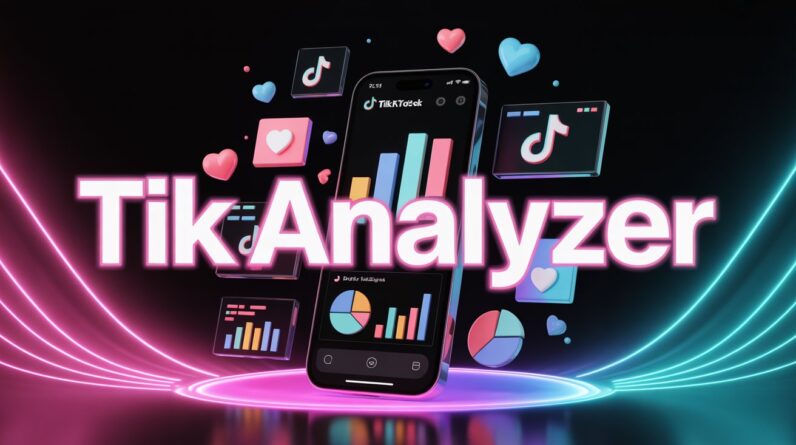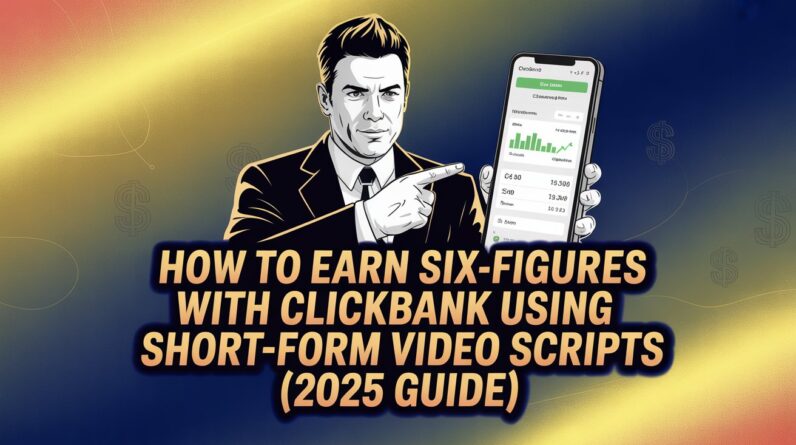
Why “Lazy” Equals “Smart” in Business
“The laziest way is often the smartest way.”
Real riches come from:
- Choosing the right vehicle (the business model)
- Maximizing ROI – the gap between what you put in and what you get out
- Avoiding hustle culture that glorifies long hours over high leverage
In 2025, the market rewards high scalability, low capital, low risk, and minimal fulfillment work. That’s why the “lazy” model-Digital Products 2.0-wins.
The 5‑Category Framework for Evaluating Business Models
| Category | What It Measures | Ideal Score for a “Lazy” Model |
| Upfront Capital | Money needed to start | Low (≤ $200) |
| Scalability | Ability to earn more without extra work | High |
| Fulfillment | How hard it is to deliver the product/service | Easy |
| Risk | Financial & operational exposure | Low |
| Difficulty | Learning curve & implementation effort | Easy |
A business that checks all five boxes delivers high profit with minimal effort.
Quick Comparison of Popular Online Business Models
| Model | Upfront Capital | Scalability | Fulfillment | Risk | Difficulty |
| Dropshipping | $2‑5 k (product testing, ads) | Moderate (depends on brand) | Moderate (shipping delays, supplier issues) | High | Hard |
| SMMA (Social Media Agency) | $50‑200 (laptop, tools) | Low‑to‑moderate (client‑based) | Moderate (team & client management) | Low | Moderate |
| Software (SaaS) | $250 k+ (dev team, marketing) | Very high | Hard (updates, support) | High | Very hard |
| Affiliate Marketing | $100‑200 (content tools) | Moderate (content‑driven) | Easy (no product handling) | Low | Moderate |
| Digital Products 2.0 | $100‑200 (AI + platform) | Very high | Very easy (record once, sell forever) | Very low | Very easy |
Bottom line: Only Digital Products 2.0 meets all five “lazy” criteria.
Digital Products 2.0 – The Ultimate Low‑Effort Model
What Is a Digital Product 2.0?
A digital product (course, program, toolkit, or membership) built with AI assistance and hosted on an all‑in‑one platform (e.g., WAP). The process is:
- Idea generation & market validation – AI finds profitable niches instantly.
- Content creation – AI researches, synthesizes, and writes scripts & PDFs in minutes.
- Production – Record a Loom video reading the AI‑written script (no editing required).
- Hosting & sales – Upload to WAP (free), which markets your product through its built‑in marketplace.
Why It Beats the Competition
- Barrier to entry is $100‑$200 – no developers, no custom platforms.
- Scalability is “super high.” One product can be sold thousands of times without extra work.
- Fulfillment is “super easy.” No inventory, shipping, or customer service hassles.
- Risk is “extremely low.” You can launch multiple products cheap‑and‑fast, testing quickly.
- Difficulty is “super low.” AI does the heavy lifting; you only need to speak into a microphone.
Market Outlook
- Digital product industry projected to double by 2030 → approaching $1 trillion yearly.
- Early adopters enjoy minimal competition-the “golden window” is now.
Step‑by‑Step Blueprint to Launch Your First Digital Product
All tools mentioned are SEO‑friendly and have free tiers.
| Step | Action | Recommended Tool | SEO Tip |
| 1️⃣ Niche Discovery | Input broad topics → AI returns high‑profit sub‑niches (search volume, CPC, competition). | Synthesize AI (or Ahrefs/SEMrush “Keyword Explorer”) | Target long‑tail keywords with 30‑70 KD (keyword difficulty). |
| 2️⃣ Validate Demand | Check Google Trends, Reddit, YouTube comments for pain points. | Google Trends, AnswerThePublic | Use the validated keyword in your product title and URL. |
| 3️⃣ Outline & Script | AI creates a 6‑module outline + full video scripts. | Synthesize AI | Include the primary keyword naturally (≈1% density). |
| 4️⃣ Record Fast | Record with Loom (screen + voice). No editing needed. | Loom, OBS (free) | Add closed captions – improves SEO and accessibility. |
| 5️⃣ Create Supporting Docs | AI generates PDFs, cheat‑sheets, worksheets. | Canva (free), Synthesize AI | Name files with keywords (e.g., “email‑marketing‑templates.pdf”). |
| 6️⃣ Upload to WAP | Add videos, PDFs, set pricing, enable marketplace listing. | WAP | Fill in meta title/description with target keyword; use schema for “Product.” |
| 7️⃣ Launch & Promote | Publish on YouTube Shorts, TikTok, and a simple landing page. | ConvertKit (email), Buffer (social scheduling) | Build backlinks by guest posting on niche blogs; embed product snippet. |
| 8️⃣ Optimize & Scale | Track sales, bounce rate, conversion via WAP analytics; iterate. | Google Analytics, Hotjar | A/B test headlines & call‑to‑actions; keep keyword relevance high. |
Time Estimate: < 2 days from niche discovery to live product (thanks to AI).
Frequently Asked Questions
Q1: Do I need any technical skills?
No. AI handles research, writing, and even design. You only need a microphone and basic computer literacy.
Q2: How much can I realistically earn?
First product: $5‑$10 k/mo if priced $97‑$197 and you capture 1‑2% of a 100k‑person email list. Scale to multiple products → six‑figure months.
Q3: What if my product doesn’t sell?
Because upfront cost is low, you can test 3‑5 niches in a month. Pivot based on data – the risk is minimal.
Q4: Is the market saturated?
Digital Products 2.0 is still in its early stage (2025). Competition is far lower than e‑commerce in 2013.
Q5: How do I protect my content from piracy?
WAP offers built‑in DRM and watermarking. Pair with a clear terms‑of‑service page.
Take Action Today
- Grab a free AI account (or sign up for a trial).
- Spend 30 minutes on Synthesia to generate three profitable niche ideas.
- Pick the one with the highest search volume & lowest competition – that’s your product’s focus.
- Follow the 8‑step blueprint and have your first digital product live within 48 hours.
Remember: The “lazy” path is simply the smart path. By leveraging AI and WAP, you’re building a high‑ROI, low‑effort digital empire that can scale while you sleep.







